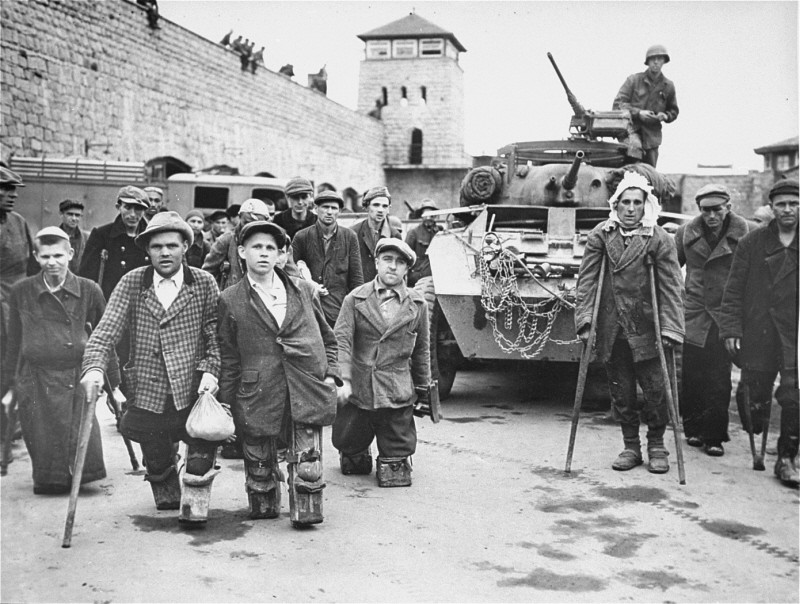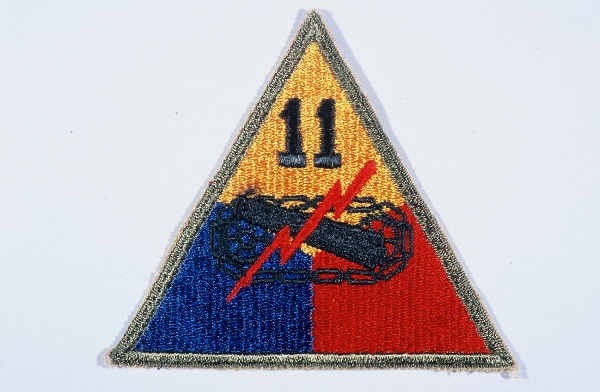
The 11th Armored Division during World War II
In 1985, the United States Holocaust Memorial Museum and the US Army Center of Military History began a program to honor US Army divisions that took part in the Allied liberation of Nazi camps. The US Army Center of Military History defines a liberating division as one whose official records show its presence at a camp within 48 hours of the first soldier’s arrival. The 11th Armored Division is among the 36 US divisions that have been recognized to date.
Key Facts
-
1
US, British, Soviet, and Canadian troops encountered concentration camps and other sites of Nazi crimes as they advanced across Europe in 1944 and 1945.
-
2
The Allied soldiers liberated sick and starving camp prisoners from Nazi tyranny. They also provided them with food, clothing, and medical aid.
-
3
The United States Holocaust Memorial Museum and the US Army Center of Military History have recognized 36 US divisions for their role in the liberation of Nazi camps.
11th Armored Division Campaigns during World War II
Formed in 1942, the 11th Armored Division landed on the Normandy beaches in France in mid-December 1944. Shortly after its arrival in Europe, the "Thunderbolt" division was deployed to Belgium to attack advancing German forces during the Battle of the Bulge. In March 1945, the 11th moved into the Rhineland and advanced eastward into the heart of Germany. The following month, the unit moved southward from Thuringia into Bavaria, capturing Coburg on April 11 and Bayreuth on April 14. On May 5, the 11th took the Austrian city of Linz, and a few days later met up with advancing Soviet forces.
The 11th Armored Division and the Liberation of Mauthausen and Gusen
During the invasion of German-held Austria, the "Thunderbolt" division overran two of the largest Nazi concentration camps in the country: Mauthausen and Gusen. On May 5, 1945, the 11th arrived in Gusen, which had originally been a subcamp of Mauthausen. The division's arrival prevented the SS guards from murdering thousands of concentration camp prisoners by dynamiting the underground tunnels and factories where the inmates had been forced to work.
The next day, the 11th Armored Division entered the Mauthausen concentration camp. In the unit's "sanitary report" of May 25, 1945, the division's Medical Inspector stated that "the situation in the camp on the arrival of the US Forces was one of indescribable filth and human degradation." The report stated that 19,000 prisoners were crammed into bunks meant to accommodate around 5,000 persons and that the two- and three-level bunks held 10 to 20 prisoners each. The prisoners had been fed a mixture of sugar beets and potato peelings that "looked like worms in mud." Thousands of prisoners were naked or clothed in rags. Some 8,000 survivors in the camp, the report continued, were in need of immediate medical care and more than half of the camp's inmates "were little more than skeletons." Soon after arrival, the 11th Armored Division began implementing measures to treat the ill prisoners and improve conditions within the camp.
I remember that there were piles and piles of corpses there
—Charles Torluccio
Recognition as a Liberating Division
The 11th Armored Division was recognized as a liberating unit by the US Army's Center of Military History and the United States Holocaust Memorial Museum in 1985.
11th Armored Division Battle Casualty Figures
Hundreds of thousands of US servicemen and women died or were wounded in the fight against Nazi tyranny.
The total number of battle casualties for the 11th Armored Division in the European Theater of Operations during World War II was 2,877. In this case, “battle casualties” includes all personnel who were unable to fight in battle because they were wounded, missing, captured, or killed.
Among the battle casualties suffered by the 11th Armored Division, there were 524 deaths.
11th Armored Division Nickname and Insignia
The 11th Armored Division's nickname is "Thunderbolt." It received this name in December 1944 during its rapid advance to reinforce US troops during the Battle of the Bulge.
The patch or insignia of the 11th Armored Division is shaped like a pyramid and represents power. In the center of the patch are three intertwined symbols in black: a tank tread, a cannon, and a lightning bolt. The tank tread symbolizes mobility. The cannon represents firepower. And the lightning bolt stands for shock action (a quick, offensive, military attack that surprises the enemy). The three symbols are placed against a tricolored background comprised of yellow, red, and blue. These colors represent key components of an armored division: cavalry (yellow), field artillery (red), and infantry (blue). The division number appears in black near the top of the pyramid (against the yellow part of the patch).

Footnotes
-
Footnote reference1.
In the aftermath of World War II, the US Department of the Army compiled casualty figures for US Army personnel. The US government published these figures in 1953. The report listed casualty numbers for the US Army for the period from December 7, 1941 (Pearl Harbor) through December 31, 1946, when US President Harry S. Truman officially declared the end of war hostilities. Army Battle Casualties and Nonbattle Deaths: Final Report, 7 December 1941-31 December 1946, Prepared by the Statistical and Accounting Branch, Office of the Adjutant General, Under the Direction of the Program Review and Analysis, Division of the Comptroller of the Army, O.C.S., (Washington: Department of the Army, 1953), p. 3-4, 84-89.
Critical Thinking Questions
What challenges did Allied forces face when they encountered the camps and sites of other atrocities?
What challenges faced survivors of the Holocaust upon liberation?

